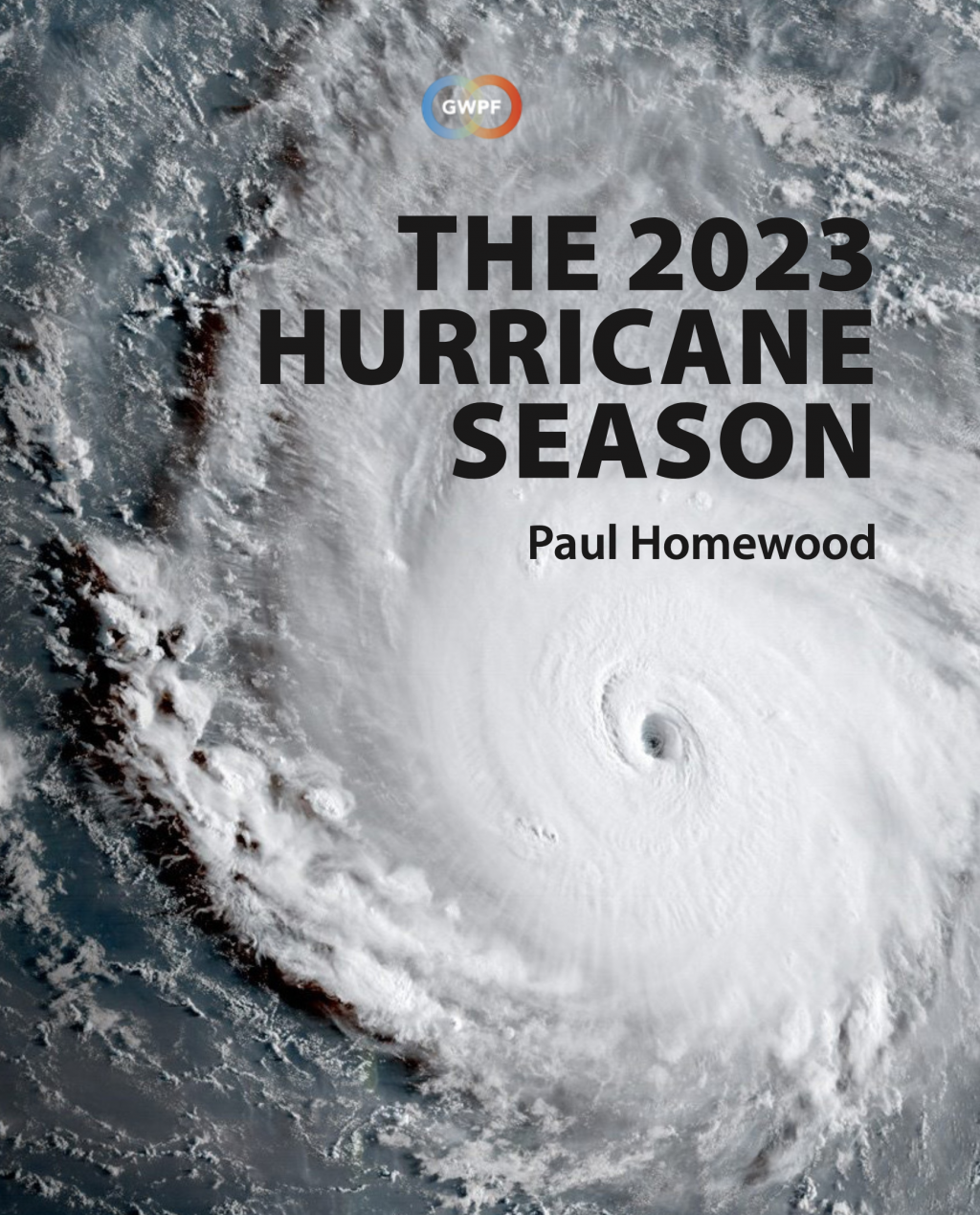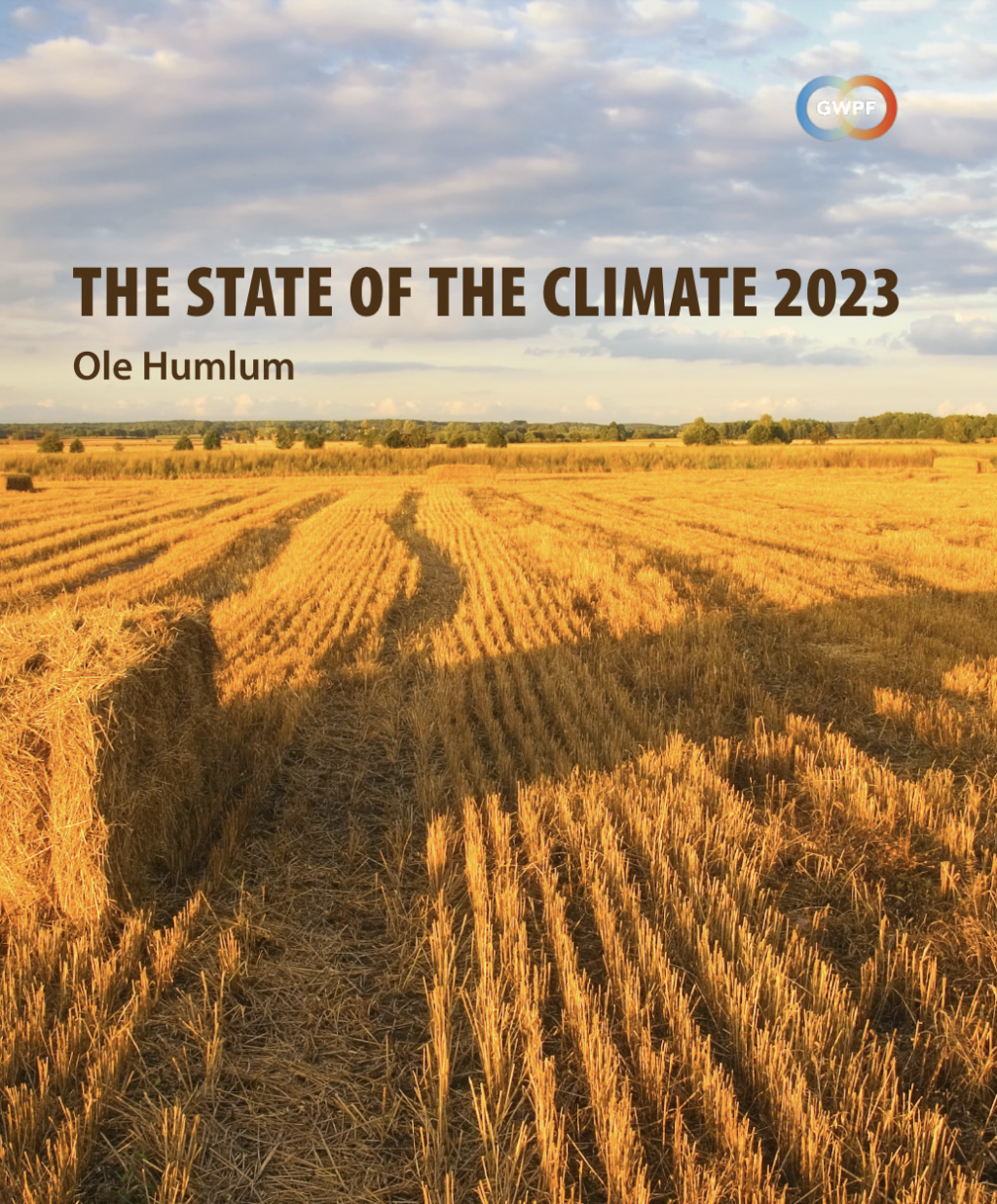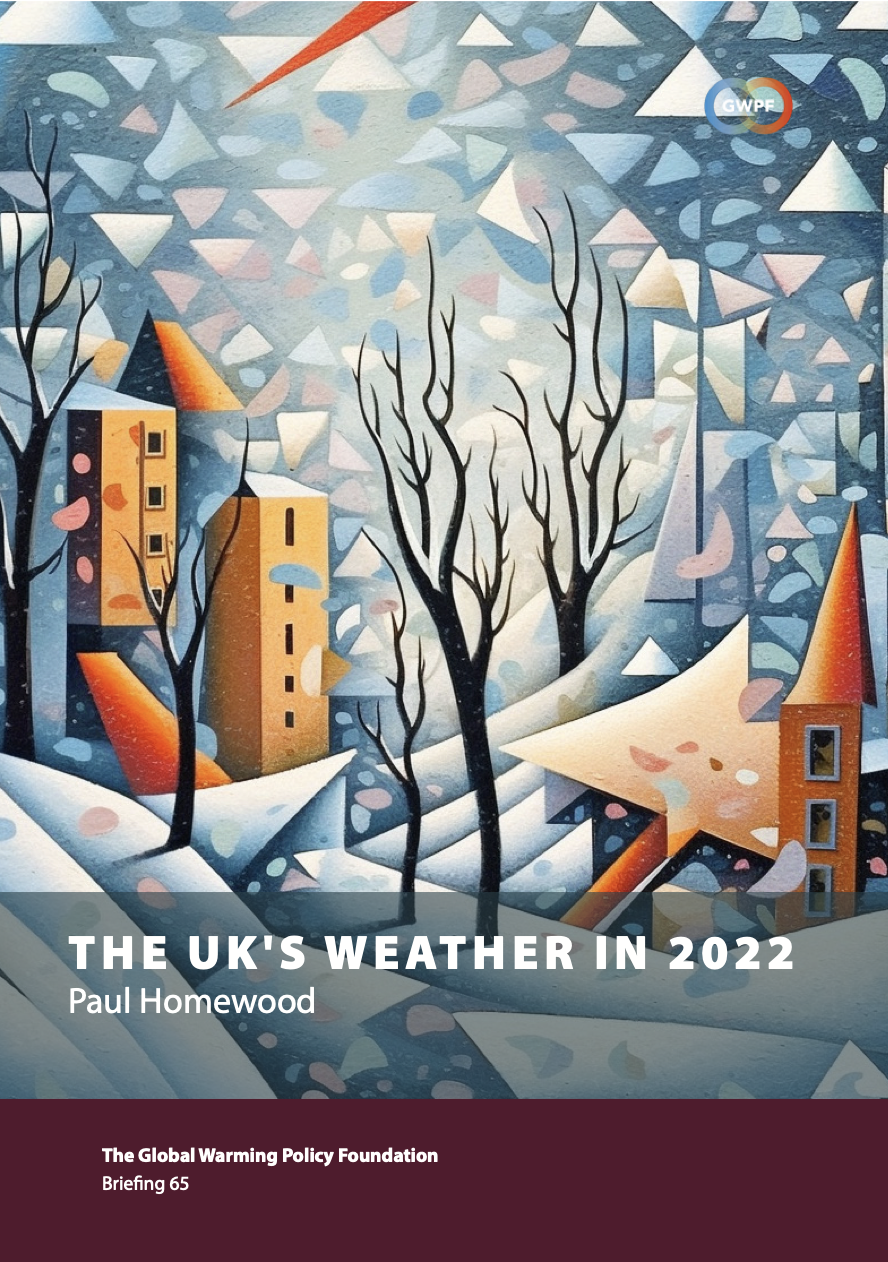London, 22 March: A report on the State of the Climate in 2016 which is based exclusively on observations rather than climate models is published today by the Global Warming Policy Foundation (GWPF).
Compiled by Dr Ole Humlum, Professor of Physical Geography at the University Centre in Svalbard (Norway), the new climate survey is in sharp contrast to the habitual alarmism of other reports that are mainly based on computer modelling and climate predictions.
Among the key findings of the survey are:
- While 2016 was one of the warmest years on record, global temperatures dropped back at the end of the year to levels prior to the strong 2015/16 El Niño. This fact suggests that much of the global 2015–16 temperature peak was caused by a one of the strongest El Niños on record.
- Since 2003, the global temperature estimate based on surface station measurements has consistently drifted away from the satellite-based estimate in a warm direction, and is now about 0.1◦C higher.
- Much of the heat given off during the 2015–16 El Niño appears to have been transported to the polar regions, especially to the Arctic, causing severe weather phenomena and unseasonably high air temperatures.
- Data from tide gauges all over the world suggest an average global sea-level rise of 1–1.5 mm/year, while the satellite-derived record suggests a rise of more than 3 mm/yr. This noticeable difference between the two data sets still has no broadly accepted explanation.
- Arctic and Antarctic sea-ice extents since 1979 have developed in opposite directions, decreasing and increasing, respectively. In the Arctic, a 5.3-year periodic variation is important, while for the Antarctic a cycle of about 4.5 years duration is important. Both these variations reached their minima simultaneously in 2016, which explains the recent minimum in global sea-ice extent.
Prof Humlum said: “There is little doubt that we are living in a warm period. However, there is also little doubt that current climate change is not abnormal and not outside the range of natural variations that might be expected.”



